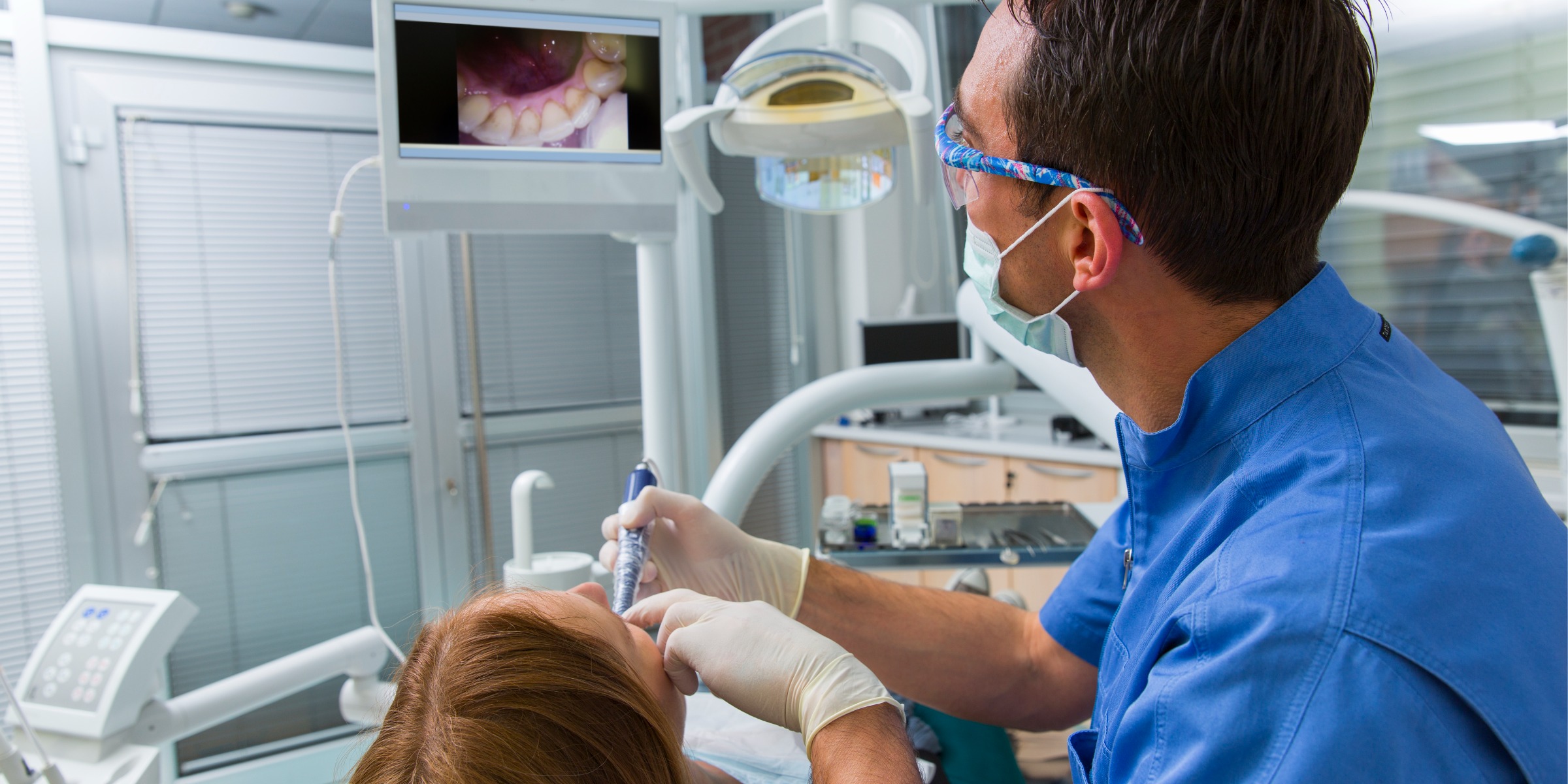For years, dentists have had to rely on x-rays and their own eyesight to identify problems within patients’ mouths. However, this is no longer the case thanks to intraoral cameras. These small, lightweight cameras can be easily positioned inside a patient’s mouth to get a clear, close-up view of their teeth and gums. This allows dentists to quickly and easily identify problems that may not be visible to the naked eye.
Not only does this make it easier for dentists to find and treat problems early on, but it also makes patients feel more comfortable. With intraoral cameras, dentists can show patients exactly what they’re seeing and why treatment is necessary. This transparency has led to a surge in patient trust and satisfaction in recent years.
How Intraoral Cameras Work
An intraoral camera is a small, handheld camera that is connected to a computer via a long, flexible cord. The dentist will position the camera inside the patient’s mouth and maneuver it around until they have a clear view of the tooth or area of concern. The image is then displayed on a monitor in real-time, giving the dentist a close-up view of the mouth that is much sharper and clearer than what they would be able to see with their own eyes.
In addition to providing high-quality images, intraoral cameras also have built-in LED lights that allow dentists to see clearly even in dark corners of the mouth. This helps them identify problems that may not be immediately visible, such as cavities between teeth or early signs of gum disease.
Benefits of Intraoral Cameras
Intraoral cameras offer numerous benefits for both dentists and patients alike. Perhaps the most important benefit is that they allow dentists to identify problems early on, when treatment is typically simpler and less expensive. For example, if a cavity is caught in its earliest stages, all that may be necessary is a simple filling. However, if it’s allowed to progress unchecked, it could eventually require a root canal or even an extraction.
Intraoral cameras also make it easier for dentists to explain procedures and treatment plans to patients. With an intraoral camera, dentists can show patients exactly what they’re seeing and why treatment is necessary. This transparency has led to increased trust between patients and dental care providers in recent years.
Finally, intraoral cameras help make dental procedures more comfortable for patients by eliminating the need for uncomfortable x-rays. X-rays are still occasionally necessary (usually once per year), but intraoral cameras have greatly reduced their frequency.
Conclusion:
If you’ve ever been to the dentist and been told that you need work done without really understanding why, then you know how frustrating it can be. Thankfully, intraoral cameras are changing all that by providing dentists with clear, close-up views of patients’ teeth and gums. Not only does this allow for earlier detection of problems, but it also makes it easier for dentists to explain procedures and treatment plans to patients—leading to increased trust between patients and dental care providers alike.
Triangle Dentistry, located in Raleigh, NC, provides a state-of-the-art facility that offers exceptional general dental and specialty services guided by empathy of a patient’s needs and desires. Services range from dental crowns to veneers and whitening procedures. For further information, questions, or to schedule an appointment, contact the office at (919) 847-6000
